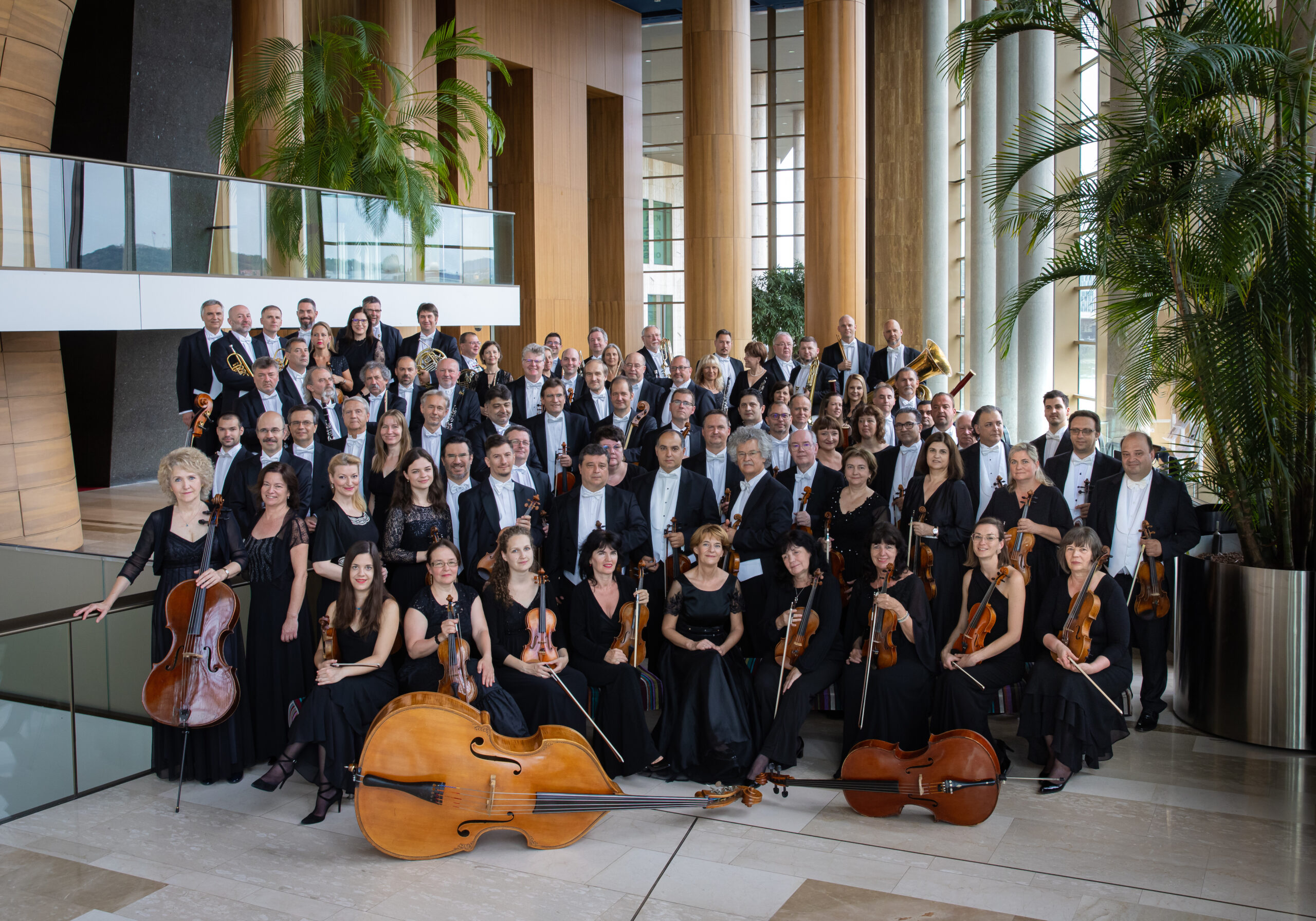In the Baroque and Classical period, residential music life of important aristocratic families was associated with the activities of several musicians: masters following each other arranged and handed on the complex task of composing and directing music life in the court. It is a special occasion when, at a single concert, we can enjoy the works of two composers who spent the majority of their artistic careers in the service of the same noble family, indeed, they even worked in parallel for a few years. Gregor Joseph Werner, who was 39 years older than Haydn, became director of the orchestra of Prince Paul Anton in 1728, and he remained with the Esterházy family until his death. However, from 1761 Haydn also worked alongside him as second conductor. In an interview, conductor of this concert György Vashegyi characterized their relationship as follows: “One can say about him [Werner] that he was Haydn’s boss for the last five years of his life, in the service of Esterházy between 1761 and 1766. At that time he was already very old because he was of the generation of Johann Sebastian Bach, and just a few years younger than the ‘old’ Bach. (…) The conflict between the two is often explained as jealousy on the part of the elderly ‘minor’ master for the young genius. I believe that this image is completely false; the true reason may be the total obscurity of Werner’s works.” Our concert includes two Sturm und Drang Haydn symphonies, the three-movement No. 26 in D minor (1774/75) finishing with a minuet and the four-movement No. 49 in F minor (1768) together with the orchestral opening movements of three Werner oratorios, Der gute Hirt (1739), Der verlorne Sohn (1747) and Judas Maccabeus (1762). Hungarian National Philharmonic were founded 100 years ago and György Vashegyi has been their new senior music director since autumn 2022. He places particular emphasis on maintaining masterpieces of the First Viennese School alongside other chapters of the repertoire of the ensemble.





